Wool, Pashmina and Toosh
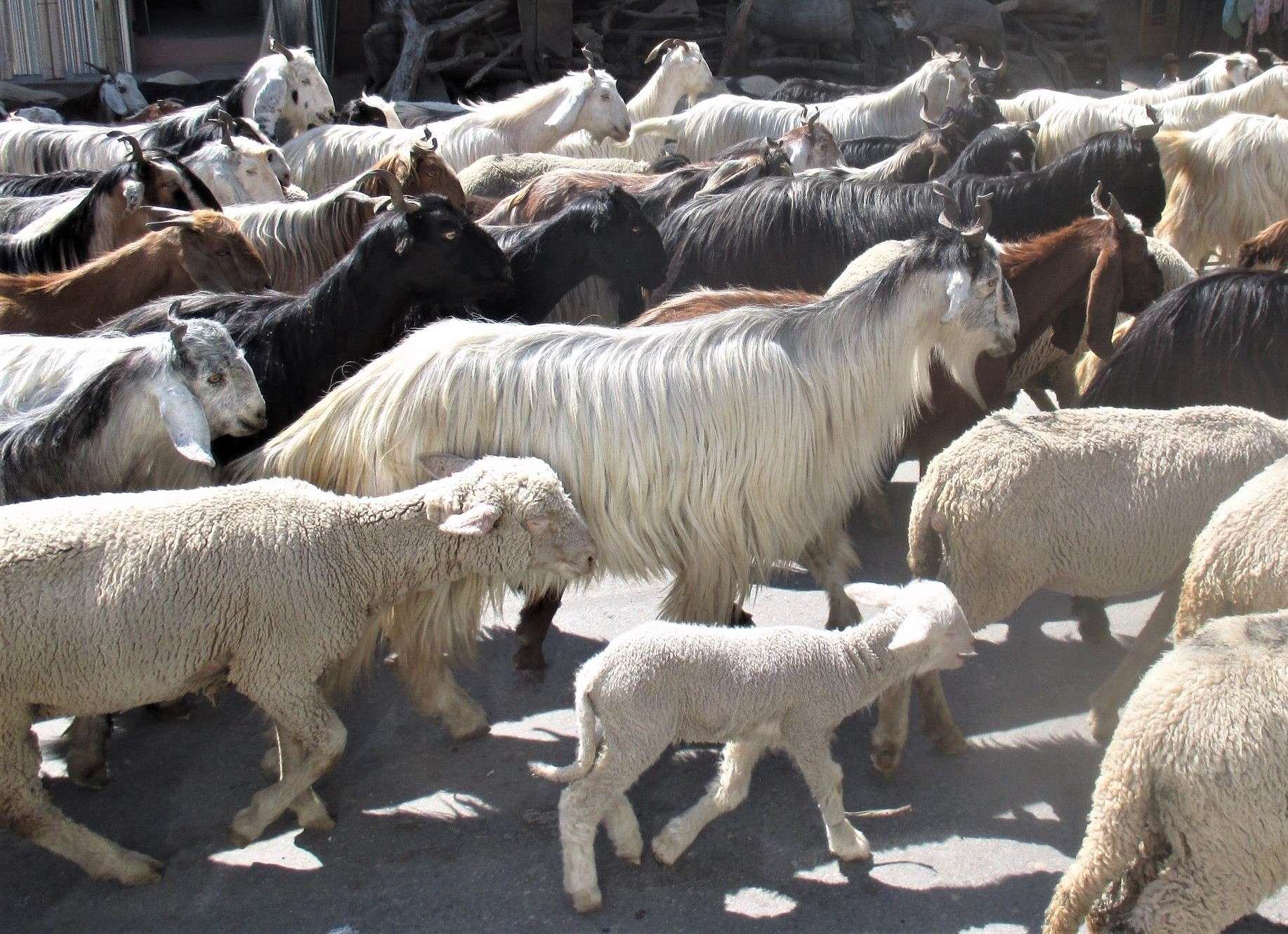
Herd of sheep and goat, Kashmir
WOOL – In cold climes, wool was of paramount importance as human survival depended on it. The same was true of Kashmir and Ladakh. Ancient literature from the Vedic and Epic periods (Mahabharata and Ramayana), the Upanishads and Buddhist Literature, make references to woollen shawls and blankets dhursha/punjabi dhussa and kambala, especially made from the fabled Gandhara sheep wool (Afghanistan). Blankets, namdahs and shawls made from wool (called rafal) of sheep and goat helped to keep the tents, homes, humans and animals warm. Woollen shawls and fabrics - plain, ornamented, embroidered - still form the backbone of the Kashmir textile industry. Merino and other fine wool accessories woven on powerloom, dominate the domestic and export market.
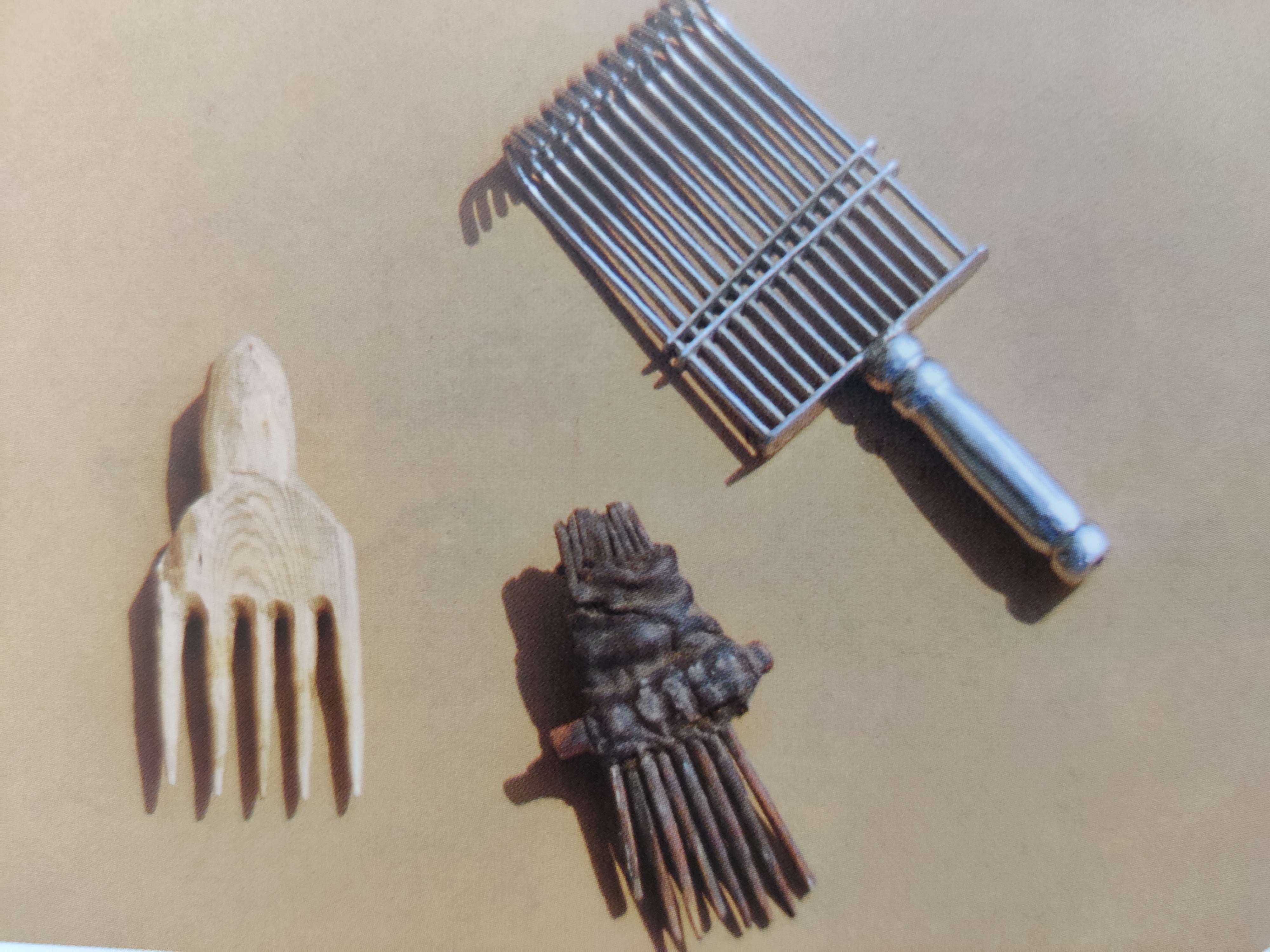
Old Wood & New Metal Comb
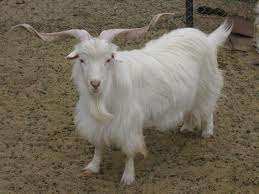
Laddakhi Pashmina goat
PASHMINA – Fine fleece derived from the domesticated Tibetan Changra Goat (Capra Hircus) that ranges at heights from 12000 to 14500 feet is known as Pashmina. The Ladakhi Buddhist Changpa pastoralists raise these goats in severe cold and inhospitable conditions. One goat yields only 150 grams of rough pashmina, which on cleaning yields enough wool for one Pashmina shawl only. Fine shawls from this wool (pashm) are hand woven in Kashmir for which it is famous all over the world. Adulteration of pashmina with other fine wools and machine spinning and weaving has put the handmade shawl industry into jeopardy. Where spinning of Pashmina on the wheel was a feature of every home, today it is rare to find even one or two.
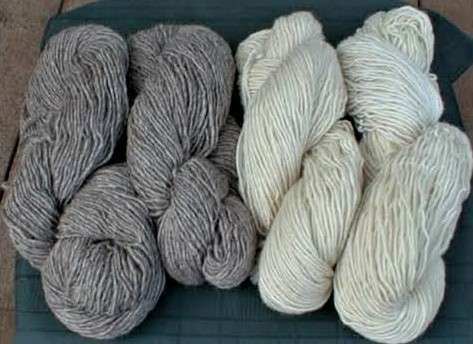
Handspun Pashmina Yarn
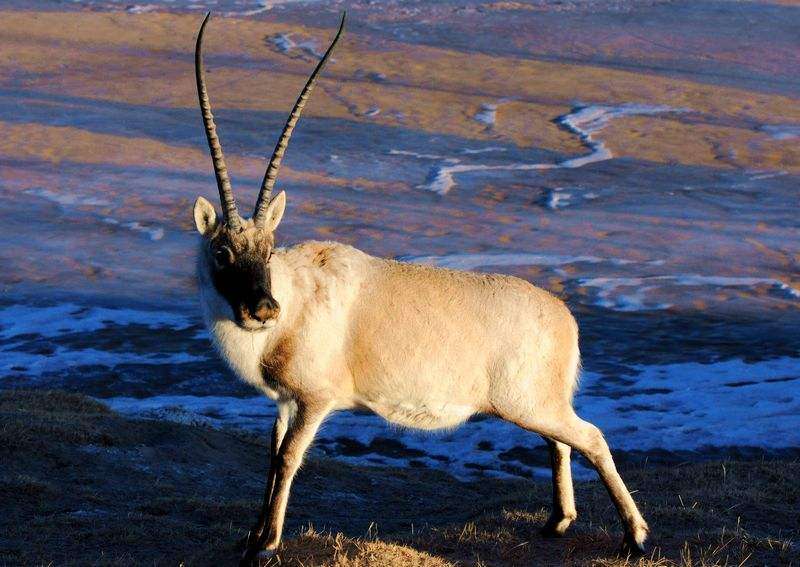
Chiru or Tibetan Antelope
TOOSH – The rare, soft, finest, and warmest of animal fleece, meant only for kings and called shahtoosh is derived from the wild Tibetan antelope or Chiru (Panthalops Hodgsonii). Chiru ranges at heights of 16000 feet and above on the snowy Tibetan plateau. It comes in natural or khudrang shades of mousy brown, greyish or kooklehut and creamy white or chitt, the last being the most expensive. Building of roads and railways in the plateau led to widespread killing of Chiru especially by the Chinese. It was listed as endangered in 1979 and its trade banned internationally in 2000. Production of toosh shawls in Kashmir continues to satisfy the rising demand from the rich and powerful. Amritsar is the hub of large-scale manufacture of fake toosh using chemical softeners.
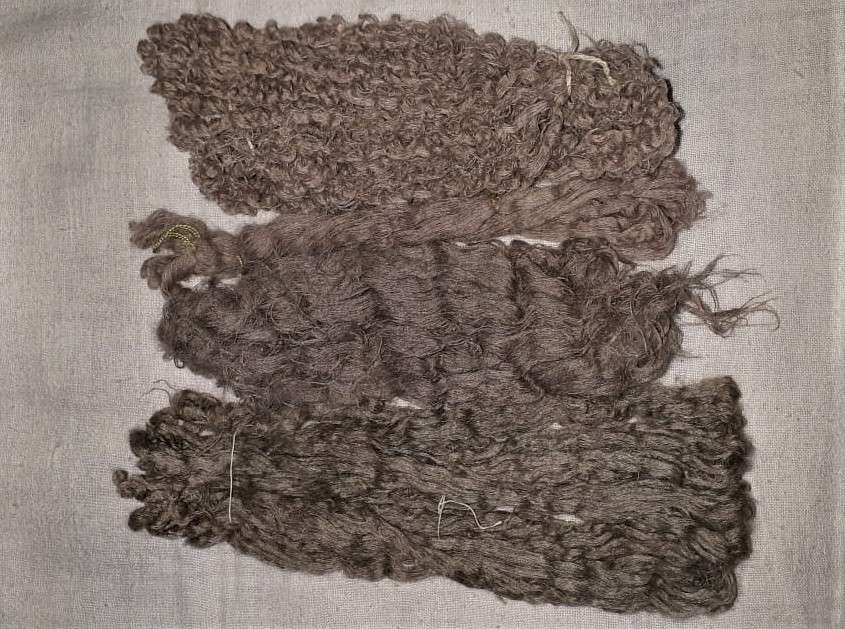
Handspun Toosh yarn
